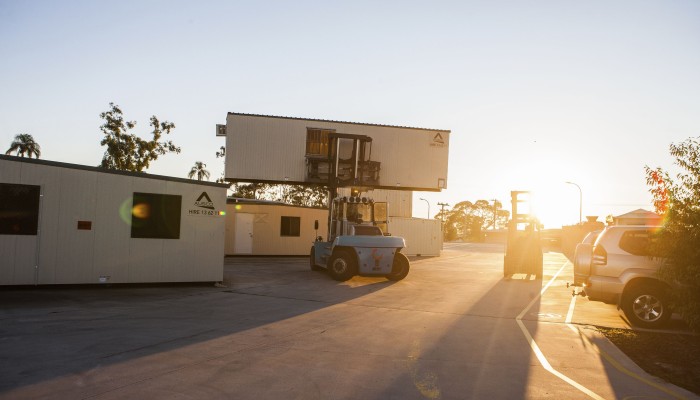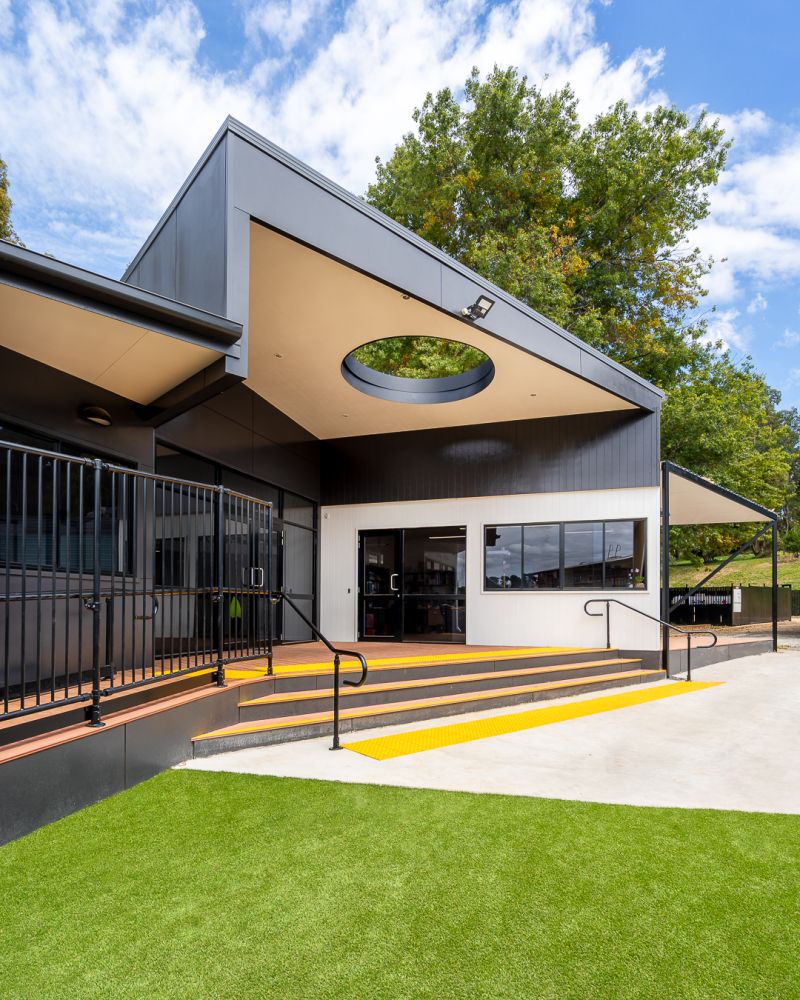
What’s in a name? A donga? A demountable? A modular building?
Decoding the history and myths behind modular buildings
There is much contention around the origins of the word donga, which has become synonymous with modular buildings, FIFO villages and the Australian outback. One theory originates in South Africa and the other in Papua New Guinea, yet both from Australian soldiers returning from the Boer and WWII wars with cultural remnants of their battlefields. And the whilst the historical donga debate continues, Ausco Modular certainly has an idea of the future.
From Dongas to Modular Buildings
While the colloquial name, donga, abounds, it is a misnomer as they really are modular buildings. Modular buildings differ from most building construction as they are manufactured on a factory production line. Ausco has five manufacturing facilities around Australia, for instance. With a standard structure and the ability to interconnect, these buildings can easily join to form larger footprint or equally reduce a footprint if needed. Thus modular.
Modular buildings then have many different purposes and applications. Ausco offers their buildings to urban construction companies as site offices. As remote and temporary accommodation for seasonal and FIFO workers, which is where the term donga is most used. As Australia’s sporting associations welcome more women to differing codes, Ausco is there to help providing appropriate change rooms. And of course, we supply temporary and permanent classrooms and training facilities to education facilities.
What about a demountable?
You would be hard pressed to find someone in Australia who hadn’t been educated at some point or another in a demountable classroom. And a significant number of those would have been Ausco buildings! A demountable building is also a modular building and the term demountable probably best describes one of the key features of these types of buildings.
Modular buildings typically sit on small footings raising them off the ground with no need for permanent foundations. When delivered to site, the modular building - or classroom - is craned into place on those footings and then, when no longer required, they are ‘demounted’ or removed along with the footings leaving the site untouched.
Aren’t they all just hot boxes?
It is possibly one of the strongest memories or experiences most of us have from our time in dongas or demountables. Stuffy air, BO, heat and dust. Yet a lot has changed in modular buildings and has had to with the increasing number of site offices and remote accommodation for regional and remote infrastructure projects. Not to mention Centres of National Resilience and quarantining!
Ausco Modular buildings are completely insulated, come standard with air conditioning, have a specific design to encourage airflow through windows, doors and vent fans. There are even options for verandahs and skillion ceilings.
Despite their unassuming appearance, the modern modular building is packed with years of technological advancement and added comforts, making them a far cry from yesteryear's ‘dongas’.

Photo credit: Devin Goheen
The future of Ausco modular buildings
For 60 years, Ausco Modular has been designing, manufacturing, hiring, selling, installing and removing their buildings all around Australia. Ausco buildings have been the spaces in which Australia was educated like Balaklava High School. Spaces in which major infrastructure were project managed and engineered such as WestConnex M5 in Sydney. Spaces which supported events of national significance such as the Sydney Olympics.
Each of those buildings has had multiple lives in multiple locations. It is the life of a demountable or modular building. After decades of service, they often retire to a farm to house feed or equipment. These buildings play a supporting yet pivotal role.
Each generation of modular building has improved on the last with the most exciting innovations are coming. Innovations which will see Ausco transform from a construction and manufacturing company to a sustainable company operating in a circular economy where everything is repurposed, reused or recycled.
The future will see modular buildings be a truly sustainable resource for Australia’s growth with low footprints produced by a company which with reduce its carbon footprint by 2.5% for the next fives and be carbon neutral by 2050.
Pretty impressive for a simple donga!
Dispelling more myths about Modular Buildings
Discover the wide variety and applications of our building.


